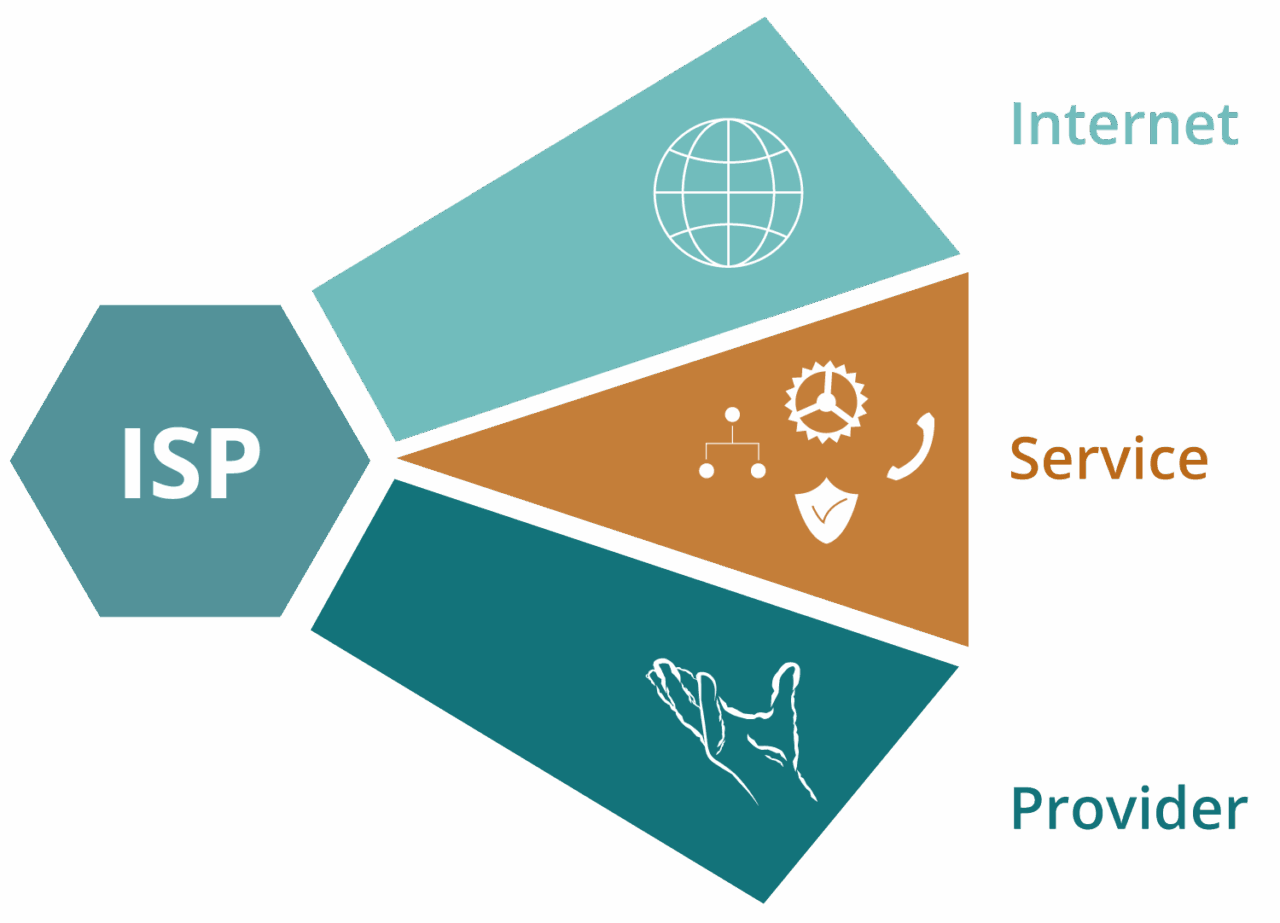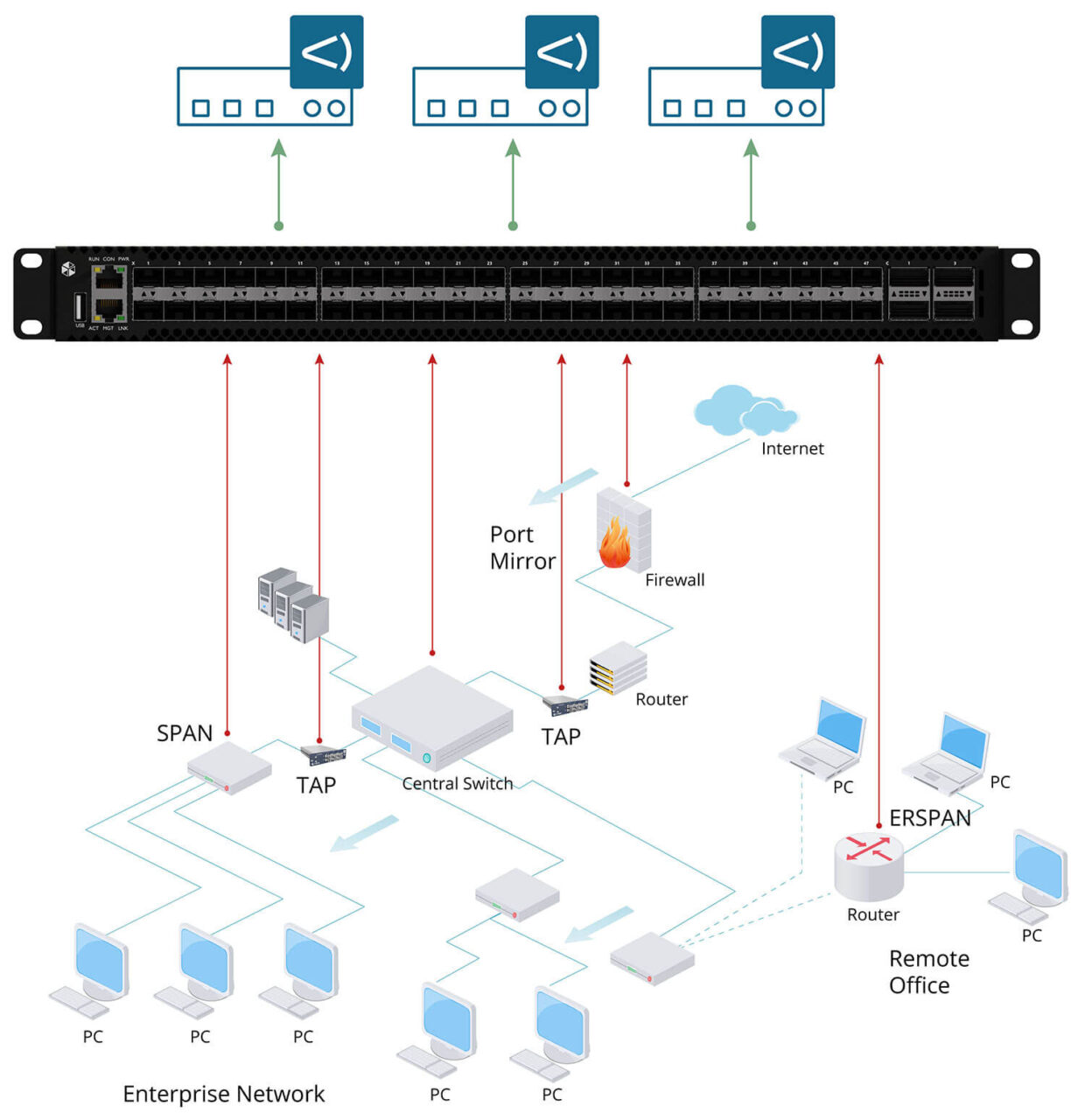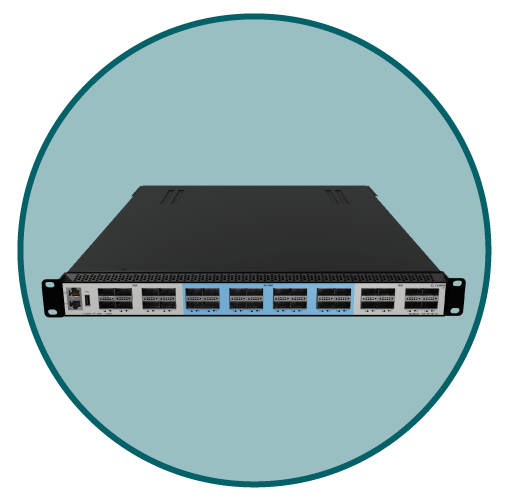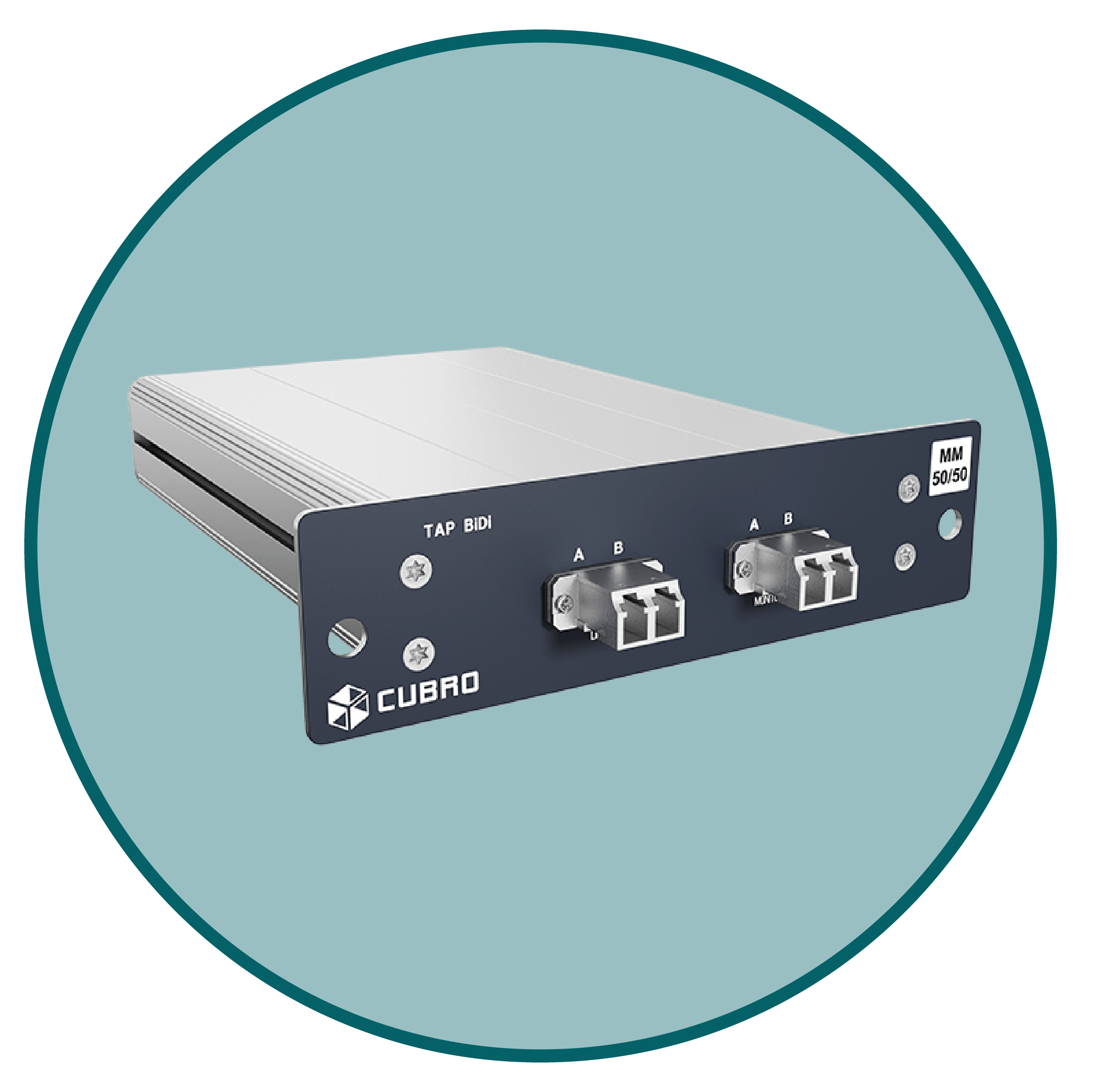Network Visibility for Internet Service Providers (ISPs)
The Evolving Cybersecurity Role of ISPs
As our digital dependency increases, Internet Service Providers (ISPs) are no longer just responsible for delivering connectivity – they are becoming essential pillars of the global cybersecurity framework. Every email, video call, and cloud transaction rely on the infrastructure ISPs provide, and with that comes the growing responsibility to protect users and data from cyber threats.
Delivering More Than Just Connectivity
Providing internet access is no longer just about speed and uptime – security has become just as important. ISPs must actively protect the integrity of the traffic they carry by implementing strong security measures across their infrastructure.
In practise ISPs provide both network and subscriber security. The offering includes real-time protection against cyber threats like phishing, malware and botnet attacks together with personalised threat reports. More specifically ISPs protect against device viruses and hacking, SMS/email phishing attacks, malicious URLs and ISPs block access to malicious websites linked in emails or preventing malware from communicating with its command-and-control servers. In order to provide subscriber protection ISPs safeguard the network with threat management service whether the network is broadband or mobile.
Yet another threat is the Distributed Denial-of-Service (DDoS) attacks that can paralyse services and overwhelm infrastructure. ISPs are often the first – and best – line of defence when such attacks occur.
A secure internet experience doesn’t end with infrastructure; users also play a vital role. ISPs have increasingly recognised the need to educate customers about risks, from scam detection to good password hygiene.
Only packet level data makes it possible to detect harmful payloads, suspicious network behaviour and robust cybersecurity tools that are seamlessly integrated to each other.

Why ISPs Need Network Visibility
As digital transformation accelerates, Internet Service Providers (ISPs) are expected to deliver more than just reliable connectivity. They are on the frontlines of cybersecurity, tasked with ensuring safe, uninterrupted digital experiences for millions of users. From broadband to mobile networks, ISPs face increasing pressure to monitor traffic, detect threats, comply with regulations, and troubleshoot issues swiftly – all while managing tight budgets and growing traffic loads.
Network visibility is no longer optional, it’s essential. Only with deep, real-time insights into network traffic can ISPs:
- Proactively identify and neutralise threats before they impact users.
- Optimize bandwidth and performance.
- Integrate seamlessly with monitoring, analytics, and security tools.
- Comply with regulatory mandates like lawful interception.
- Reduce mean time to resolution (MTTR) for service issues.
What Does Network Visibility Involve?
Effective visibility means having access to packet-level data across the entire network, from the access edge to the core. This level of insight enables ISPs to:
- Detect malware, botnets, and phishing attacks before they spread.
- Isolate anomalies like Distributed Denial of Service (DDoS) attempts.
- Monitor subscriber experience and improve service quality.
- Enable inline protection without introducing single points of failure.
- Provide data for regulatory compliance and legal interception.
Cubro’s Network Visibility Solutions for ISPs
Cubro delivers a complete portfolio of modular, scalable, and cost-effective visibility solutions tailored for ISPs of all sizes. These solutions are built to help ISPs maintain performance, reduce downtime, and simplify security integration without license-based complexity.
Solution Stack Overview
| Layer | Cubro Product | Function | Key Benefit |
|---|---|---|---|
| Access/Edge | TAP 10/100/1000, OPTOSLIM | Passive traffic access | Compact, cost-effective, no power needed |
| Aggregation | EX5-3, C32 NPB | Aggregation, filtering, load balancing | Scalable, license-free, easy deployment |
| Inline Protection | EX5-3, C32 NPB | Tool resilience, failover path | Maintains uptime, auto-bypass in failure |
| Central Management | Vitrum NG (optional) | Centralised control of Cubro devices | Simplified operations, remote access |
| Monitoring Integration | TAP, NPB, Bypass | Enable third-party/open-source toolchain | Unified and reliable traffic feed |
Key Capabilities
Use Cases
Working with the Cybersecurity Ecosystem
ISPs typically rely on multiple security and monitoring tools. Cubro’s open, tool-agnostic approach enables effective collaboration across this ecosystem by:
Why Cubro?
FAQs
Network visibility allows ISPs to monitor traffic in real time, detect cyber threats early, troubleshoot service issues, and meet compliance requirements. It also improves overall network performance and customer satisfaction.
ISPs use a combination of TAPs (Test Access Points), Network Packet Brokers (NPBs), bypass switches, DPI tools, and metadata generators. Cubro provides all the enabling devices needed to feed these tools with reliable data.
Yes. Cubro solutions are vendor-agnostic and support integration with both commercial and open-source monitoring, IDS/IPS, SIEM, and SOAR platforms.
Absolutely. Cubro supports speeds ranging from 1G to 400G and can decode protocols such as GTP, VXLAN, MPLS, and GRE, providing complete Layer 2 to Layer 7 visibility.
Cubro solutions enable selective traffic mirroring and delivery to lawful enforcement agencies (LEAs), without interrupting service performance or impacting privacy beyond the required scope.
Additional Pages & Resources
Looking for support?
Get in touch with our team now


Our newsletter provides thought leadership content about the industry. It is concise and has interesting content to keep you updated with what’s new at Cubro and in the industry. You can unsubscribe anytime with a single click.
Your e-mail address is only used to send you our newsletter and information about the activities of Cubro Network Visibility. You can always use the unsubscribe link included in the newsletter.





